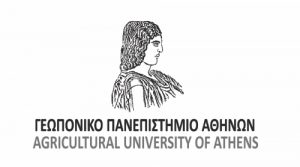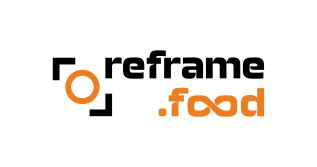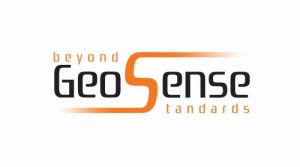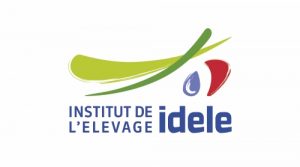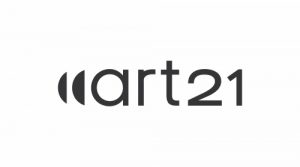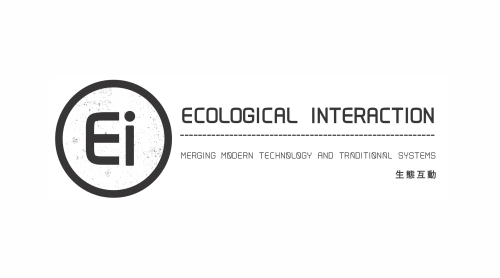Gather
end use-case requirements to define the target operating regime of the drone service, e.g., length of pipeline to be inspected, methane leakage flow rate threshold.
Improve
the accuracy of methane gas detection. KPI: methane detection threshold mdt=0.01kg/h.
Improve
flight-path optimisation approach. KPI: Minimum detectable gas plume size d=10cm.
Demonstrate
concurrent operation of the drone flight and methane detection. KPI: 1 gas leakage successfully detected at flight speed up to v=100 km/h.
AIM by SI-SCHWEITZER INGENIEUR GMBH
The main objective of project AIM was to show the applicability of an AI-boosted gas camera system, operated from fixed-wing drones, to detect small methane gas leakages. A further objective was the preparation of drone service flights in Canada to perform long range inspections of gas pipelines (methane, CO, CO2, hydrogen) and other gas and oil facilities.



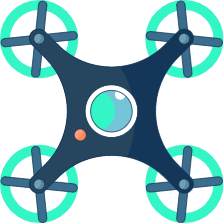
- Two 25kg class UniversalUAV fixed-wing
- Gimbal gas camera/optical gas camera

- AI algorithms to enhance the visibility of methane gas.

Outcomes
Orbit flight condition - emission rate 0.0039 kg/h
The tests were started with an emission rate that is below the intended KPI mdt=0,01 kg/h. During these tests it was almost windless. With the AI gas enhancement mode (GEM) active small gas clouds could be observed that have a diameter of about d=0,035 m. In the videostreams the gas is shown in green colour which is generated by the GEM to enhance visibility. But also other areas of the container are marked green where the algorithm misinterpretes the situation due to strong reflections. This is dependent on the sensitivity setting of the gas camera and more areas are affected if the sensitivity is set to a too high level.
Orbit flight condition - emission rate 0.01 kg/h
The second test run was performed with a emission rate that corresponds to the KPI value of 0,01 kg/h. During these tests wind varied between 15 km/h and 35 km/h. Despite the adverse wind conditions the gas emission could be clearly observed.
Challenges Faced
Tests under fly-over conditions show that the AI gas visibility enhancement mode GEM cannot be applied since the fast moving background produces too many misinterpretations and false colours. These flight patterns are better performed with the gas camera operating in its regular IR mode. At this point it must be noted that a gas emission rate of 0,01 kg/h is an extremely low value that is not experienced in real life. It was used for the AIM project just to show the capabilities of the AI boosted gas camera. Gas pipelines operate with a pressure of 200 psi (13,78 Bar) and typical leakages have an emission rate of 4-6 cfm which corresponds to 4,46 - 6,69 kg/h. Typical gas plumes of such leakages have a diameter which must be measured in meters, not in centimeters. So, the limitation of the GEM to orbit flight patterns is acceptable.
Impact (Socio-economic & Environmental)
Year after year huge damage is caused by the climate change which is considerably influenced by the emission of methane and carbon dioxide. The ability to detect and stop methane emssion is key to climate protection.
Climate change has an impact on nature and society, direct or indirect:
- Extreme heat: According to experts more than 47.000 heat-related casualties occured in Europe in 2023* (https://www.tagesschau.de/ausland/europa/hitzetote-studie-europa-100.html).
- Extreme draught: Caused by extreme heat purable water runs low in many regions which is a danger not only for man and livestock, but also for agriculture.
- Extreme rains: Floodings endanger man and livestock and lead to bad harvests.
- Extreme winds: Endangering all nature and infrastructure/buildings. Climate Change considerably influenced by the emission of methane and carbon dioxide has a dramatical impact on the environment due to extreme heat, extreme rains, flooding and storms. The reduction of methane emissions is mandatory to reduce the climate change. The inspection of gas&oil pipelines -being the main methane emitters- has highest priority.


